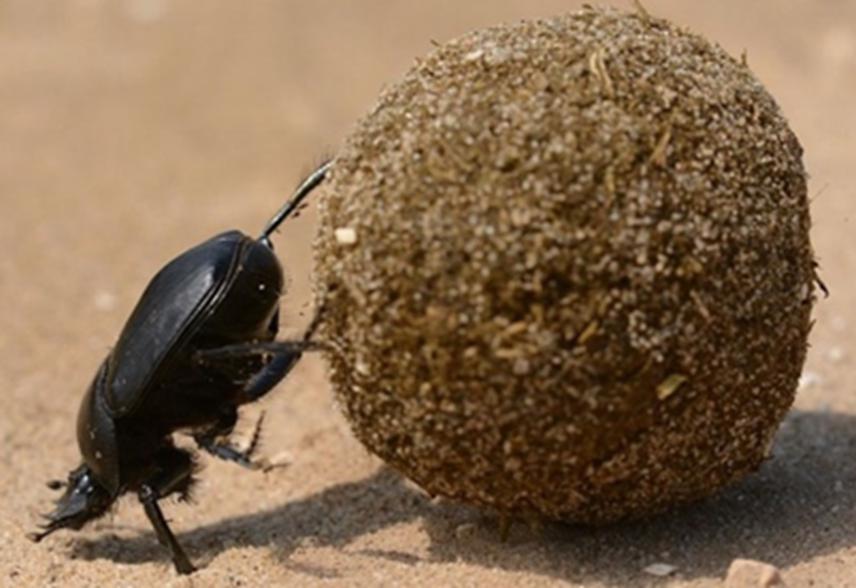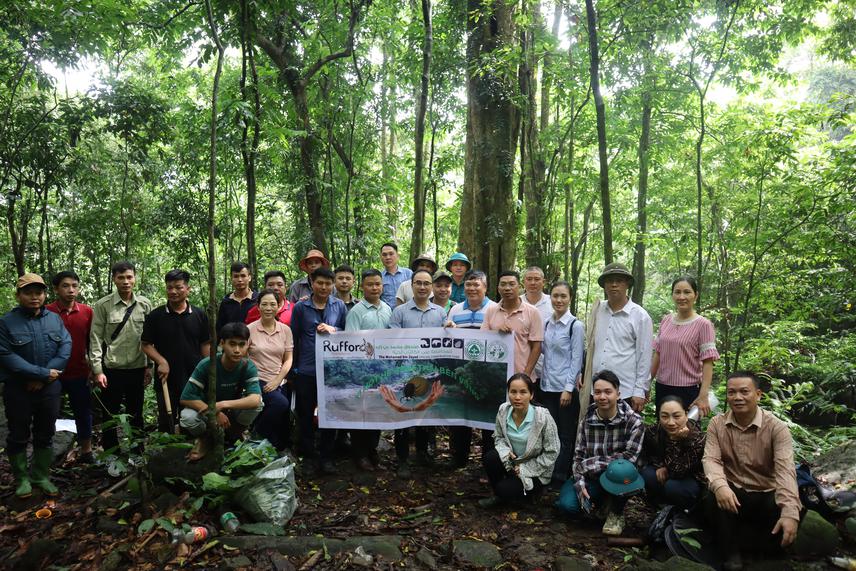Văn Bắc Bùi
Other projects
8 Sep 2021
Assessing Changes in Dung-Beetle Communities and their Functional Diversity Among Forest Types Over Limestone of Huu Lien Nature Reserve in Northern Vietnam
The Synapsis species (Coleoptera: Scarabaeidae) are primarily rare and limited to undisturbed habitats in Southeast Asia, with many species restricted to specific ranges. Recently discovered species, such as Synapsis puluongensis and S. horaki, have been found exclusively in tropical primary forests within the karst ecosystems of northern Vietnam, with only a few individuals recorded. Large-bodied dung beetles like Synapsis spp. play a crucial role in ecosystem functions by contributing to dung removal, with body size positively correlated with dung removal rate. However, they heavily rely on large mammals that are becoming increasingly rare and endangered in heavily disturbed ecosystems. Although not currently listed on the IUCN Red List of Threatened Species due to a lack of assessment, their rarity and dependence on endangered large mammals suggest that they are threatened.

As an extension of our investigation of dung beetles in various karst ecosystems across Vietnam, including Phia Oac-Phia Den National Park (Cao Bang Province), Cat Ba National Park (Hai Phong Province), Ngoc Son-Ngo Luong Nature Reserve (Hoa Binh Province), Pu Luong Nature Reserve (Thanh Hoa Province), and Huu Lien Nature Reserve (Lang Son Province), we plan to examine the Synapsis species in the newly established Dong Chau-Khe Nuoc Trong Nature Reserve (Quang Binh Province). Our project aims to achieve the following objectives:

(1) Determine the distribution, population, and habitat trends of Synapsis species to assess their conservation status. These data will serve as the basis for long-term monitoring programs, with distribution maps of the Synapsis species as a tool for local managers, conservationists, or volunteers to monitor these species in the future. If suitable habitats for these species are discovered, we will take measures to ensure their protection.
(2) Identify the environmental factors significantly affecting the population and distribution patterns of the Synapsis species. By deciphering the links between community composition and environmental factors, we plan to propose measures to reduce the threats caused by habitat changes to the Synapsis species.
(3) Raise awareness of Synapsis conservation among local communities and park staff through presentations, booklets, and publications. These materials will also aid in identifying endangered Synapsis species and other Synapsis species. Park rangers and locals will gain knowledge and skills on dung-beetle sampling and monitoring by participating in the training course and field surveys, enabling them to conduct similar work independently in the future.